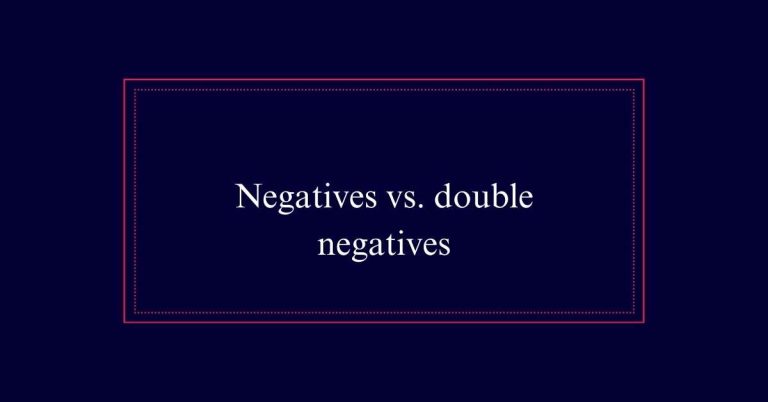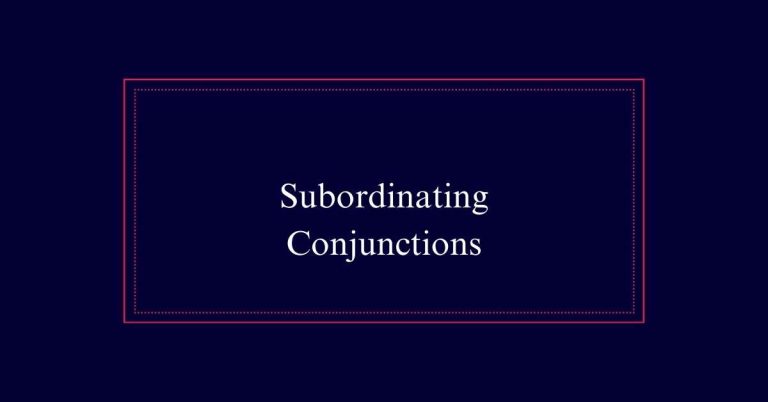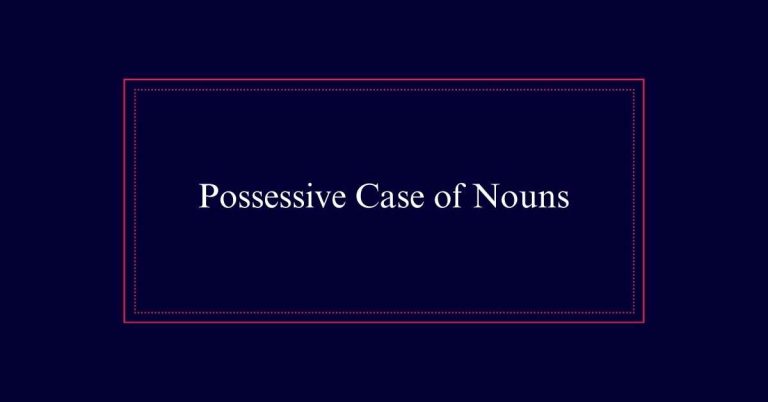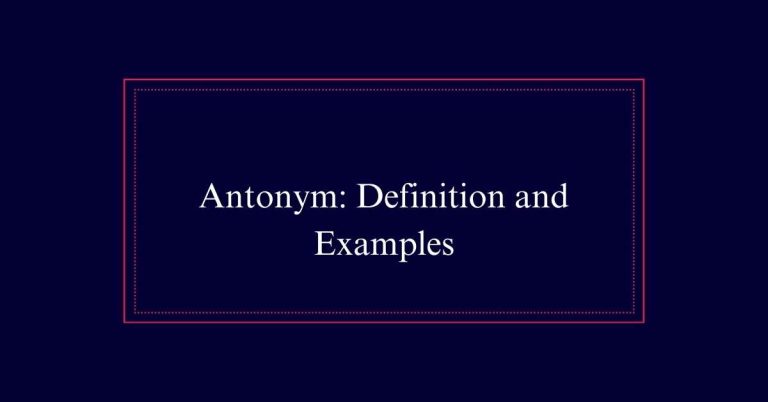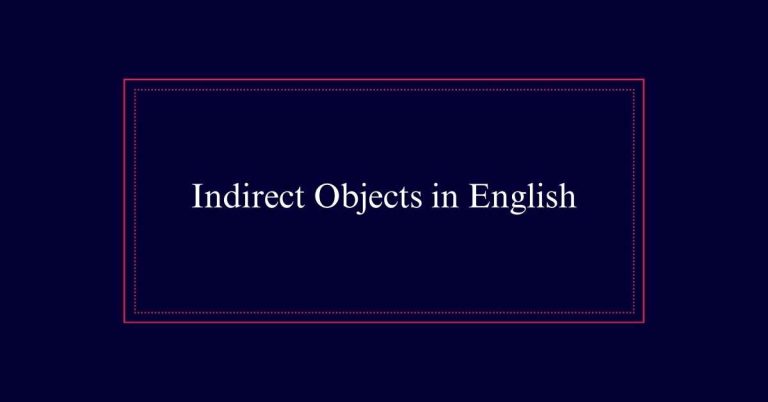Spelling Words With Double Consonants
Spelling words with double consonants follows specific rules to guarantee clarity and correctness. In single-syllable words with a CVC (consonant-vowel-consonant) pattern, double the final consonant before adding a suffix, as seen in ‘hopping’ or ‘biggest.’ However, exceptions exist for words ending in ‘w,’ ‘x,’ or ‘y’ and for specific irregular words such as ‘kidnap.’
In multi-syllable words, doubling often depends on syllable stress. For instance, ‘beginning’ doubles the final consonant because the stress is on the second syllable.
Understanding Double Consonants
Understanding double consonants begins with recognizing the rules that govern their usage in English spelling. These rules help determine when to double the last consonant in a word, particularly when adding suffixes.
For single-syllable words, the structure of the word plays an important role. Specifically, if a word ends with a consonant-vowel-consonant (CVC) pattern, the final consonant is doubled before adding a suffix. For example, ‘big’ becomes ‘bigger’ or ‘biggest.’ Conversely, if the word does not follow the CVC pattern, the last consonant remains single, as seen in ‘rest,’ which becomes ‘rested.’
CVC Rule for Single-Syllable Words
The CVC rule is a fundamental guideline for determining when to double the final consonant in single-syllable words before adding a suffix. CVC stands for consonant, vowel, consonant.
When the last three letters of a single-syllable word follow this pattern, you double the final consonant. For example, ‘drop’ becomes ‘dropped’ or ‘dropping,’ and ‘big’ becomes ‘bigger’ or ‘biggest.’
If the word does not follow the CVC pattern, do not double the consonant. For instance, ‘rest’ becomes ‘rested,’ not ‘restted.’
Applying the CVC Pattern
Applying the CVC pattern guarantees accurate spelling when adding suffixes to single-syllable words. The CVC pattern stands for consonant-vowel-consonant. When a word follows this pattern, you double the final consonant before adding a suffix. This rule guarantees the word maintains its correct pronunciation and meaning.
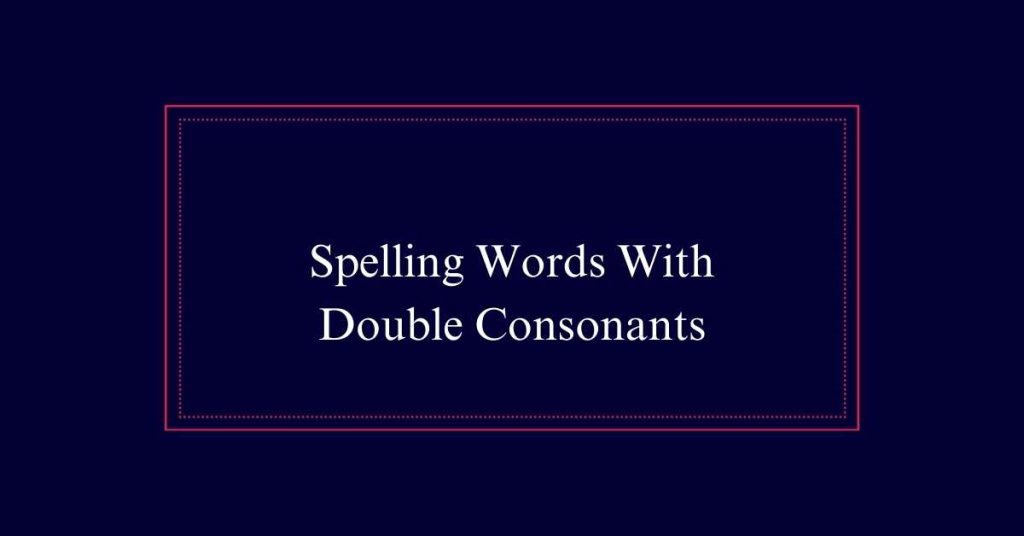
Here’s how it works:
- Identify if the word ends in a CVC pattern (e.g., ‘hop’).
- Double the final consonant (e.g., ‘hop’ becomes ‘hopping’).
- Add the suffix (e.g., ‘hop’ becomes ‘hopped’ or ‘hopping’).
- Make sure the word remains a single syllable.
Single-Syllable Word Examples
Examples of single-syllable words that follow the CVC pattern include ‘hop,’ ‘drop,’ and ‘big.’ These words have a consonant, vowel, consonant sequence.
When adding suffixes like -ed or -ing, the final consonant is doubled. Therefore, ‘hop’ becomes ‘hopped’ or ‘hopping,’ and ‘drop’ turns into ‘dropped’ or ‘dropping.’ Similarly, ‘big’ becomes ‘bigger’ or ‘biggest.’
This doubling rule helps maintain the word’s short vowel sound. It is important to identify the CVC pattern correctly. For instance, in ‘rest,’ the last three letters do not follow the CVC pattern, so the word becomes ‘rested,’ not ‘restted.’
Exceptions to the CVC Rule
Not all words adhere strictly to the CVC rule when doubling consonants. Some words present unique cases where the rule does not apply. Here are a few notable exceptions:
- Words ending in ‘w,’ ‘x,’ or ‘y’: These letters do not double. For example, ‘fix’ becomes ‘fixed,’ not ‘fixxed.’
- Words with vowel digraphs: Words like ‘rain’ (with ‘ai’) do not double the consonant, becoming ‘raining’ instead of ‘rainning.’
- Words ending in ‘l’: British English often doubles the ‘l,’ as in ‘travelled,’ while American English does not, as in ‘traveled.’
- Irregular words: Some words do not follow typical patterns and need to be memorized, like ‘kidnap’ becoming ‘kidnapped.’
Multi-Syllable Words and Stress
Understanding the role of syllable stress is vital when deciding whether to double consonants in multi-syllable words.
In these words, the position of the stressed syllable influences spelling. If the stress is on the first syllable, you generally do not double the consonant when adding a suffix. For example, ‘visit’ becomes ‘visiting.’
However, if the stress falls on the second syllable, you often double the consonant, as in ‘begin’ becoming ‘beginning.’ This rule helps maintain the correct pronunciation and meaning of the word.
Syllable Stress and Doubling
Determining syllable stress is essential for correctly doubling consonants in multi-syllable words. Understanding where the emphasis falls in a word guides the doubling process.
Here are key points to keep in mind:
- First Syllable Stress: Words stressed on the first syllable generally do not require doubling. For example, ‘happen’ becomes ‘happening.’
- Second Syllable Stress: Words stressed on the second syllable often need doubling. For instance, ‘admit’ becomes ‘admitting.’
- Pronunciation: Speaking the word aloud helps identify the stressed syllable.
- Suffix Addition: Adding suffixes like -ed or -ing can change the need for doubling based on syllable stress.
Examples of Multi-Syllable Words
Identifying examples of multi-syllable words helps illustrate the rules for doubling consonants.
For instance, in the word ‘begin,’ the emphasis is on the second syllable, so when adding a suffix, the consonant is doubled: ‘beginning.’
Conversely, in the word ‘visit,’ the stress is on the first syllable, so no doubling occurs: ‘visited’ or ‘visiting.’
Another example is ‘prefer,’ where stress falls on the second syllable, resulting in ‘preferred.’
However, in ‘enter,’ with the stress on the first syllable, the correct forms are ‘entered’ and ‘entering.’
Practice With Stressed Syllables
Practicing with stressed syllables is essential for mastering the correct doubling of consonants in multi-syllable words. Recognizing which syllable is stressed determines whether a consonant should be doubled when adding suffixes.
To practice effectively, follow these steps:
- Pronounce the word aloud: Clearly articulate each syllable to identify the stressed one.
- Listen for emphasis: Note which syllable carries the most stress.
- Apply the doubling rule: Double the consonant if the stress is on the syllable preceding the suffix.
- Write and check: Practice writing the word with the correct doubled consonant and verify its accuracy.
Mastering these steps guarantees correct spelling, enhancing both writing clarity and precision.
Common Mistakes to Avoid
One common mistake to avoid is failing to recognize the CVC pattern in single-syllable words when adding suffixes. This pattern, consonant-vowel-consonant, dictates when to double the last consonant.
For example, ‘drop’ becomes ‘dropped’ or ‘dropping’ because it follows the CVC rule. On the other hand, ignoring this pattern can lead to errors like ‘restted’ instead of ‘rested.’
Another frequent error is misunderstanding syllable stress in multi-syllable words. Words like ‘begin’ become ‘beginning’ because the stress is on the second syllable.
Incorrect doubling, such as writing ‘visitted’ instead of ‘visited,’ can alter the word’s pronunciation and meaning.

